Who is Rathma? The history of the first child of Sanctuary and first Necromancer in Diablo
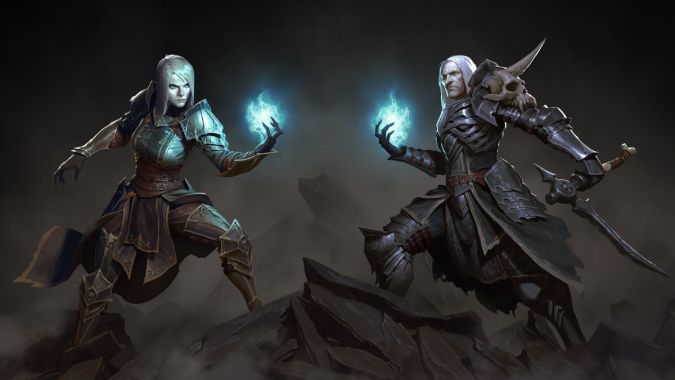
Who is Rathma, and why is he so important to the story of Diablo 4? Well, to explain that, I’ll need to go into spoilers for Diablo 4.
If Lilith is the first mother and co-creator of Sanctuary, Rathma is the proof of concept. His history spans millennia, and his actions have been wildly impactful, from essentially inventing a hero class to giving the Prophecy which shapes the whole of the narrative of Diablo 4.
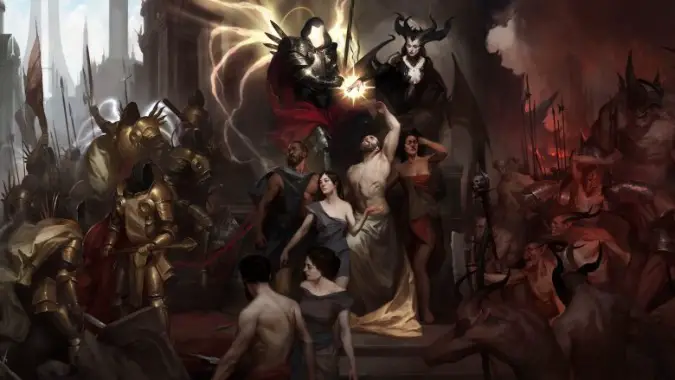
First born of the Firstborn
We’ve discussed the origin of Sanctuary before. A world created by rebellious Demons and Angels who were tired of waging eternal war against one another, it was on this green and pleasant world that Lilith gave birth to a child, fathered by Inarius — the Archangel who was at that time Lilith’s ally in the scheme to escape the Eternal Conflict by creating Sanctuary. That child was named Linarian, a name chosen for him by his mother and containing the names of both parents. Perhaps it was meant to serve as a reminder of his origins. Regardless, it would not be a name he ultimately accepted, choosing instead to be known as Rathma.
Rathma was the first child born of Angel and Demon. Others followed, perhaps sired by others in Lilith and Inarius’ group of rebels, perhaps born to Lilith and Inarius themselves. These children were called many names, from the Firstborn to the Nephalem. Based on the reaction of the other self-exiled celestial beings to these children and their growing power, it seems possible they were all from Lilith and Inarius. However it plays out, the other rebels were concerned, even alarmed, by the power that Rathma and his contemporaries — beings like Bul-Kathos, Fiacla Gear, and Esu who commanded world shaking levels of raw might in various fields — were beginning to discover. The rebels petitioned Inarius to destroy the children before the raw power at their command drew the attention of the Angels and Demons still waging the Eternal Conflict.
Inarius asked them for a period of reflection, to help soothe frayed tempers and make an orderly decision. He didn’t say no, however. And Lilith found that unacceptable. The whole point of the escape from the Eternal Conflict for her was Rathma and the other children. Through them, she would not merely hide from the Eternal Conflict, she would decisively end it with a victory over both sides. And so, she chose to deal with the recalcitrant Demons and alarmed Angels in a very simple way — she destroyed them. This led Inarius to turn the power of the Worldstone against her, banishing her from Sanctuary. He then used the Worldstone to change the nature of Sanctuary, making it so that each generation of the Nephalem would grow weaker and weaker until they became Humans.
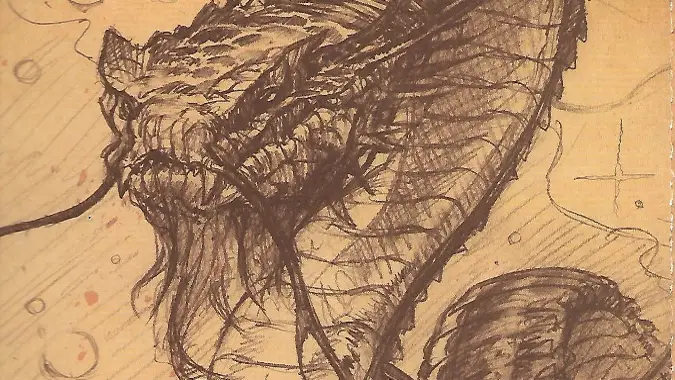
Rathma and the Balance of Sanctuary
While all of this was occurring, Rathma had already taken his leave of his parents.
Rathma, like many of the others of the Firstborn, already felt a deep and abiding connection to Sanctuary. They were, after all, born there. Indeed, it’s entirely possible that Lilith influenced the creation of Sanctuary to make it possible for Angel and Demon to have children there. But in Rathma’s case, his connection to Sanctuary was profound, and it led him on the path to meet an entity unlike any other.
If you played Diablo 4 and finished the campaign, you will have realized several things. One is that Rathma was the first being on Sanctuary to be considered a Necromancer — to the point that the Necromancers are called the Priests of Rathma, and venerate the knowledge of Balance he passed down to them. The second is that Rathma is the author of the Prophecy that drives the actions of many of the major figures of Diablo 4. Thirdly, Rathma seems to have had this prophecy at some point in the distant past, because his parents were aware of it, and because in order to understand it he stated that he sought out a great and powerful Serpent to help him understand it.
“I saw my corpse,
and from my mouth crawled Hatred,
A father burned his children on a pyre
and a mother molded a new age from the ashes,
I saw the weak made strong,
a pack of lambs feasting on wolves,
Tears of blood rained on a desert jewel,
and the way to Hell war torn asunder,
Then came a spear of light, piercing Hatred’s Heart,
And he who was bound in chains was set free.”
The Prophecy of Rathma, Diablo 4
And while he was studying the prophecy at the heart of Diablo 4’s narrative, the Serpent helped Rathma discover his own death. Rathma, first born of Sanctuary, first of the Firstborn, saw his own death and knew how it would happen — and who would be his killer. Is this why he seemed to take no interest in the conflict of Lilith and Inarius over the fate of Sanctuary? Did he already know the outcome? We know that Rathma became dedicated to the study of death and its role in the Balance. This cosmic principle, tied to the creation of Sanctuary itself, sought to preserve the world at all costs both against Hell and Heaven alike. Life and Death were a part of that balance, and in the study of them and their unique interplay, Rathma became wise indeed.
At some point, he found and sealed a portal to Hell, knowing that action would ultimately lead to his death.
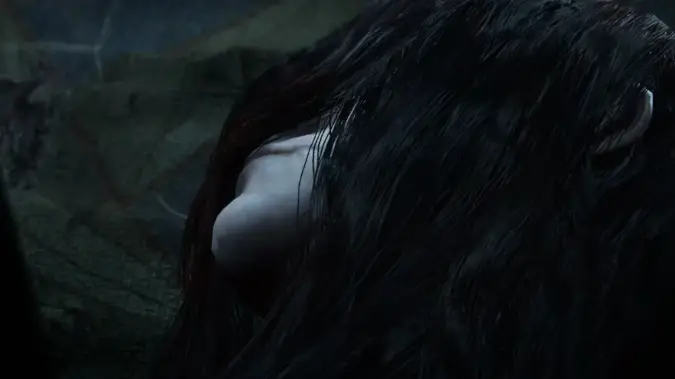
Rathma’s role in maintaining the Balance
It should be noted that Rathma took few actions during the many, many years of his life.
Rathma, who certainly possessed power great enough to do so, did not intervene in the conflict between the Angels and Demons that led to Lilith’s banishment and Inarius’ crippling of his own offspring via the Worldstone. He allowed those events to take place. He also only intervened during the later Sin War and the conflict between Inarius, the Prime Evils and their Triune cult, and the rising tide of new Nephalem to help maintain Sanctuary’s Balance and keep both the Heavens and Hells from growing too strong. It was at this time that, alongside that Great Serpent mentioned before, Rathma sought out Mendeln. This young prodigy was one of the new Nephalem and brother of Uldyssian Ul-Diomed, their leader.
Rathma and the Serpent taught Mendelm an understanding of the Balance and its role in Life and Death, insights that led Mendeln to create the Priests of Rathma. Rathma took a small role in helping stop Lilith’s return and ultimately bears some responsibility for Inarius being taken to Hell at the conclusion of that war. He viewed this as necessary to try and maintain the Balance, and the existence of Sanctuary as a whole.
Rathma did nothing when the Prime Evils came to Sanctuary — the Horadrim fought them and he watched. He did nothing when they escaped their Soulstone prisons. He did not intervene when Malthael claimed to be the Angel of Death and sought to cull Sanctuary’s people. Why? Did the very fact that he knew his own fate mean that he felt he couldn’t do anything that might prevent it from coming to pass?
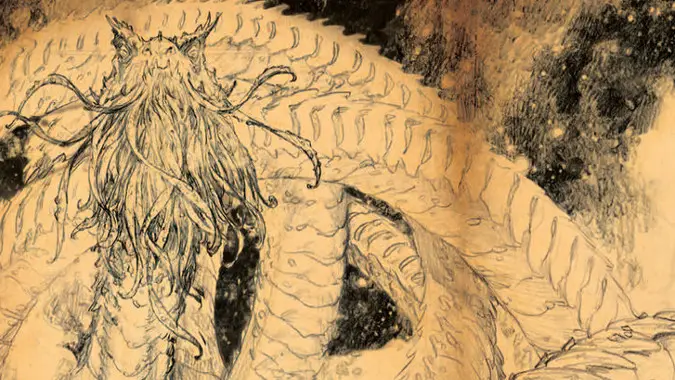
The Prophecy of Rathma is still crucial
In Diablo 4, we see that Rathma foresaw all of what was to come. His actions throughout his life led him to what he knew would happen — he knew his father, Inarius, would kill him seeking the key to Hell, but would not find it. He knew his mother, Lilith, would. He knew what would happen when Inarius faced Lilith in Hell. He knew what would happen when Lilith reached her father Mephisto‘s realm — someone would have already used a spear of light to pierce Hatred’s heart and set the prisoner bound in chains free to range across Sanctuary once more. He knew what his death would start, from a long, long life spent studying Life, Death, and the Balance between them that Sanctuary represents.
Rathma took no action to stop any of it. Why? Did he see it as necessary? To Rathma, Balance and the preservation of Sanctuary along that knife edge was the most important thing. Was Death merely another choice he made to ensure it would continue? We don’t know, but considering how expert the first born of the Firstborn was on the subject, it’s entirely possible he saw Death not as an ending, but rather as a beginning.
Please consider supporting our Patreon!
Join the Discussion
Blizzard Watch is a safe space for all readers. By leaving comments on this site you agree to follow our commenting and community guidelines.
 @MatthewWRossi
@MatthewWRossi



